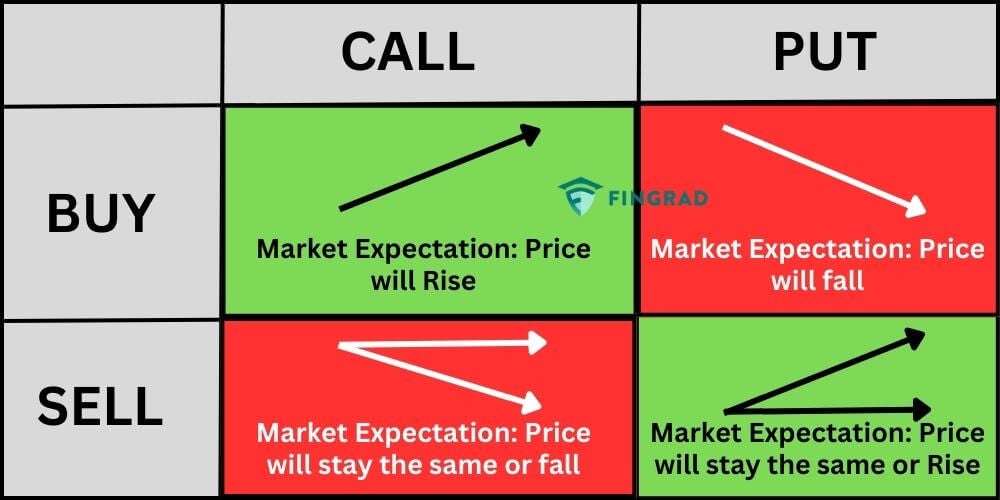Imagine being able to predict the future course of the financial markets and profit handsomely from it. While this may seem like an impossible feat, options trading offers a unique opportunity to do just that. Enter the world of options trading, a sophisticated yet accessible investment strategy that empowers individuals to enhance their financial acumen and leverage market movements to their advantage.
:max_bytes(150000):strip_icc()/BuyingCalls-7ff771dfbc724b95b8533a77948d7194.png)
Image: www.investopedia.com
What is Options Trading?
In essence, options trading involves buying or selling contracts that grant the option to buy or sell an underlying asset, such as a stock, at a predetermined price on or before a specific date. Options contracts, also known as derivatives, provide flexibility and leverage, allowing traders to maximize profit potential while limiting their risk.
Types of Options Contracts
There are two main types of options contracts: calls and puts.
-
Calls: Give the buyer the right, but not the obligation, to purchase the underlying asset at a strike price on or before the expiration date.
-
Puts: Give the buyer the right, but not the obligation, to sell the underlying asset at a strike price on or before the expiration date.
Benefits of Options Trading
Options trading offers numerous advantages over traditional investment methods:
-
Flexibility: Options contracts provide unparalleled flexibility, allowing traders to tailor their strategies based on market conditions and risk tolerance.
-
Leverage: Options contracts offer high leverage, enabling traders to control large positions with a relatively small investment.
-
Limited Risk: Unlike traditional stock investments, where losses can be substantial, the potential loss on an options contract is clearly defined and limited to the premium paid.
-
Profit Potential: Options trading has the potential for significant profit. Skilled traders can generate substantial returns by accurately predicting market movements.

Image: tradebrains.in
How Options Trading Works
To understand options trading, let’s delve into a simplified example:
-
Imagine a stock trading at $100 per share.
-
A trader believes that the stock will rise above $110 within the next month.
-
The trader buys a call option with a strike price of $110 and an expiration date of one month from now.
-
If the stock price rises above $110, the trader can exercise the option and purchase the stock at $110, generating a profit.
-
However, if the stock price falls below $110, the trader will lose the premium paid for the option.
Risks Associated with Options Trading
While options trading offers numerous benefits, it is crucial to be aware of the associated risks:
-
Limited Time: Unlike traditional stocks, options contracts have a limited lifespan. Traders must carefully consider the expiration date of an option when making decisions.
-
Complexity: Options trading involves complex strategies and market analysis. It is essential to understand the mechanics and risks involved before trading.
-
Volatility Risk: Options prices are highly sensitive to underlying asset price movements. Rapid market fluctuations can lead to substantial losses.
What Options Trading
Getting Started with Options Trading
For those eager to embark on the journey of options trading, it is imperative to proceed thoughtfully:
-
Education: Seek comprehensive knowledge about options trading principles, strategies, and risks before making any trades.
-
Practice: Start with paper trading or simulated trading to gain practical experience without risking real capital.
-
Start Small: Begin with small trades and gradually increase your position size as your experience and confidence grow.
-
Seek Guidance: Consult with experienced traders or financial advisors for personalized guidance and support.






